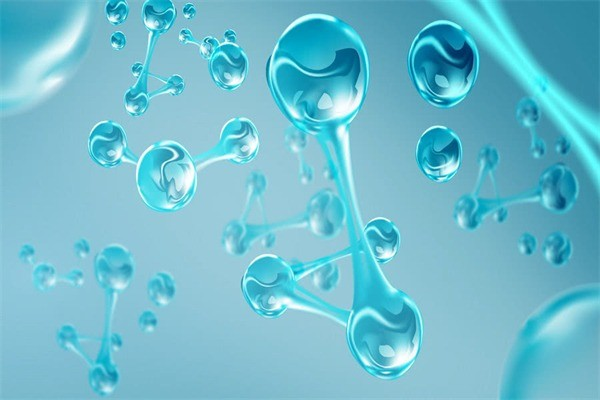The chemical resistance of peptides depends on the composition and sequence of amino acids. Lyophilized peptides are generally more durable than their counterparts in solution. Potential degradation methods of peptides are as follows:
1, hydrolysis: this is usually included in the Asp in the sequence (D) For the problem in the peptide, it is very easily dehydrated to form a ring imide intermediate. For example, there is Asp in the sequence. -Pro (DP) In this case, the ring-shaped imide intermediate produced by acid catalysis would lead to the cleavage of the peptide chain. Similarly, Asp-Gly (DG) is present in the sequence and in this case the circular intermediate can be hydrolyzed into the original Asp mode of isoaspartic acid (harmless) or a potentially inactive analogue. Finally, all aspartic acid patterns could be completely converted to isoaspartic acid analogues. “At a smaller level, it contains Ser (S), a sequence that also forms a circular imide intermediate that ultimately cleans the peptide chain.”
2, Deamidation: This base catalyzed reaction often occurs in the presence of Asn-Gly (NG) or Gln-Gly (QG) in the sequence and follows a similar Asp-Gly (DG) sequence mechanism. Deamination (amine loss) in the Asn-Gly sequence yields a cyclic imide intermediate, which is then hydrolyzed to yield Asn aspartic acid or isoaspartic acid analogs. In addition, the ring-imide intermediate can cause D-Asp or external derotation to AsnD-iso -something similar to Asp, all of which may be inactive.
3, Oxidation: Cys and Met residues are the main residues that undergo reversible oxidation. The oxidation of cysteine is accelerated at higher pH values, where the thiol more readily removes protonation and is prone to generating disulfide bonds in or between chains. The disulfide bond can be easily reversed by treatment with dithiothreitol (DTT) or tris (2-carboxylethylphosphine) hydrochloride (TCEP). Methionine is oxidized by chemical and photochemistry to produce methionine dioxide, which further enters methionine dioxide, both of which are difficult to reverse.
4, Diketopiperazine and pyroglutamic acid production: formation of dimethylpiperazine usually occurs when Gly is in the third position of the N terminus, especially if Pro or Gly is in position 1 or 2. This reaction involves nucleophilic attack of the N-terminal nitrogen on the amide benzyl group between the second and third amino acids, resulting in cleavage of the first two amino acids of the diketopiperazine method. On the other hand, if Gln is located at the N-terminus, pyroglutamic acid formation is almost inevitable. This is a similar reaction in which the N-terminal nitrogen attacks the side-chain base carbon of Gln to form the deamination of a pyroglutamyl peptide analogue. This conversion also occurs with the N-terminus containing pyroglutamate peptide analogs.
5. Racemization: This term is widely used to refer to the overall loss of chiral integrity of an amino acid or peptide. Racemization involves the conversion of an amino acid from a base-catalyzed enantiomer, usually L-form, to type 1 of the L-and D-form enantiomers. :1. Mixture. This is more important during peptide generation, but less problematic in the finished peptide. In addition, the switch is difficult to detect and cannot be controlled.
A general approach to avoid or minimize peptide degradation is to degrade the peptide to − 20 ° C or better − 80 ° C for freeze-dried storage, if available. If the peptide is in aqueous solution, each aliquot sample should be frozen to avoid freezing and thawing. Exposure to pH> should be avoided; Medium 8. However, if pH> is required; If the peptide melts at 8, its exposure should be minimal.
Post time: Jan-25-2024

